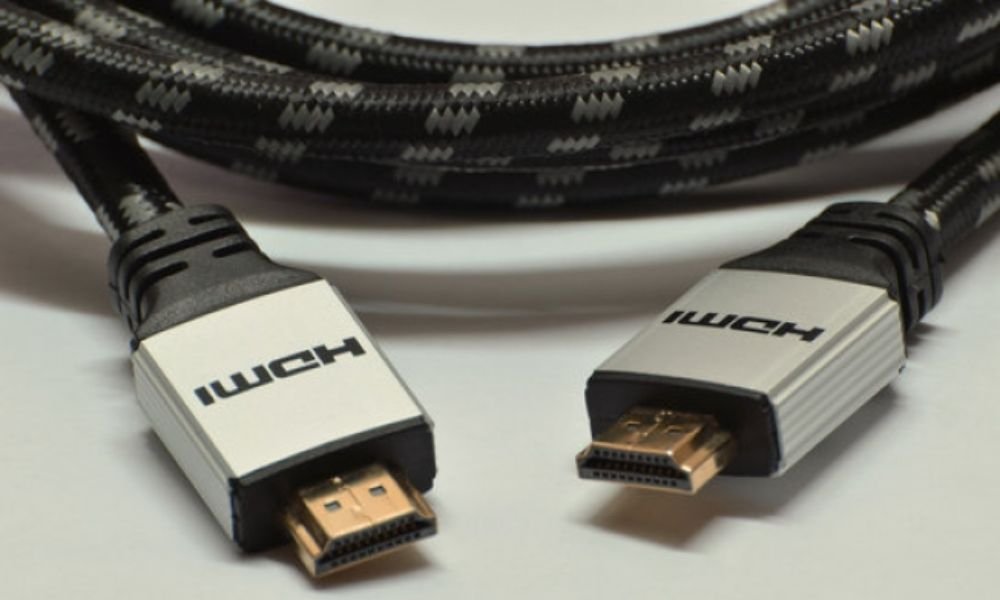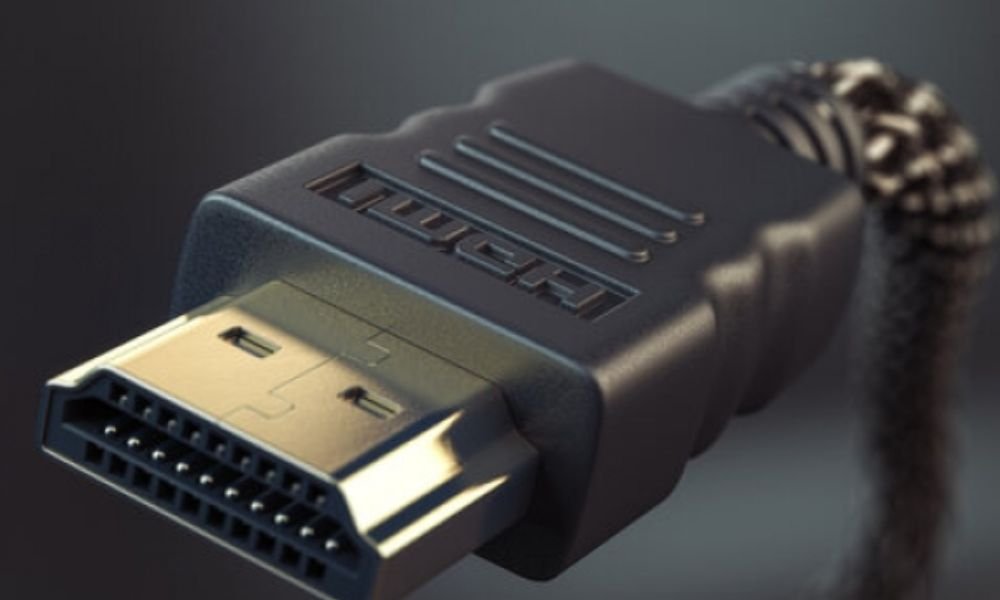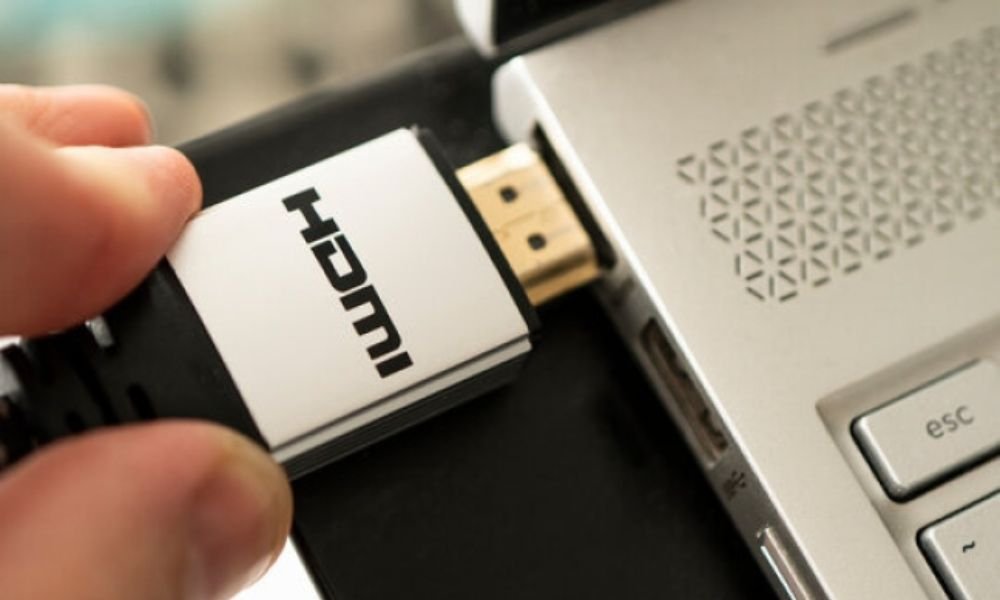The technology industry is evolving at a breakneck pace, and HDMI cables are no exception. HDMI 2.1, 2.1a, and 2.1b standards , many people are wondering how to tell these cables apart and if they actually matter. In this article, we'll take a close look at the differences between these different versions of HDMI cables and determine their relevance to consumers.
What is an HDMI 2.1 cable?
An HDMI 2.1 cable is officially called an ultra high speed HDMI cable (UHS) . It is designed to support the features of the HDMI version 2.1 standard, such as video resolutions up to 10k and improved game features. However, it is important to note that " HDMI 2.1 " is not an official designation, but rather a term used by cable manufacturers to help consumers understand the functionality of the cable.

An HDMI UH S cable can also be used with HDMI 2.1a and HDMI 2.1b versions , as these two versions are very close to the HDMI 2.1 standard and do not require the use of a different cable to provide their functionality. Additionally, UHS HDMI cables are backwards compatible , meaning they can also work with older HDMI devices. However, older HDMI cables will not be able to take advantage of all the new HDMI features due to their lower bandwidth.
Is there a difference between HDMI 2.1, 2.1a and 2.1b cables?
In reality, there is no difference between HDMI 2.1, 2.1a and 2.1b cables. All three versions use the same UHS HDMI cable. Manufacturers may use these different designations to create confusion and give consumers the impression that they are purchasing a newer or more advanced cable. However, all cables are exactly the same in terms of functionality.
How to determine the version of your HDMI cable?
If you have multiple HDMI cables and aren't sure which ones are compatible with HDMI 2.1 or newer versions, here are some easy ways to determine your cable version:
1. Look at the cable jacket

The HDMI cable sheath ( also called "Sheath" ) generally mentions the name of the cable, which can help you determine whether it is an HDMI UHS cable or an older version. However, this information is more common on cables with a regular PVC sheath. The braided cables generally do not have such indications, because it is difficult to print on a braided sheath. You can sometimes find details on the cable itself, but this is often limited to supported video resolution, which does not give you all the necessary information.
2. Check the cable packaging
If you still have the cable packaging , this is your best option to obtain information on the type of cable. All HDMI 2.1 or certified UHS cables mention " Ultra High Speed HDMI Cable " on the packaging, as well as a corresponding certification label. If you find these mentions on the packaging, you have an HDMI 2.1 cable. To confirm more, you can scan the QR code printed on the label to check the authenticity of the certification.
3. Check the manufacturer's specifications
If you can't find information on the cable jacket or packaging, you can check the manufacturer's specifications. Most manufacturers provide technical details on their websites, including which HDMI versions their cables support. Find your cable model on the manufacturer's website and check the specifications to determine if it is an HDMI 2.1 cable .
It's important to note that even if you have an HDMI 2.1 cable, it will only be fully compatible with HDMI 2.1 features if your devices ( such as your TV, gaming console, or Blu-ray player ) also support the HDMI 2.1 standard. Be sure to check the compatibility of your devices before investing in an HDMI 2.1 cable.
See also: How to Fix a HDMI Cable That's Not Working?
Is it important to have an HDMI 2.1 cable?

The answer to this question depends on your needs and devices. If you have a TV or monitor that supports video resolutions higher than 4K, such as 8K or 10K , then an HDMI 2.1 cable may be required to take advantage of these higher resolutions. Additionally, if you are an avid gamer and want to benefit from the advanced gaming features offered by HDMI 2.1, such as high refresh rate and VRR (Variable Refresh Rate ), then an HDMI 2.1 cable is recommended.
However, if you primarily use devices that support resolutions below 4K and don't need the advanced features of HDMI 2.1 , an older HDMI cable may be sufficient. HDMI 2.0 or 2.0a cables can support resolutions up to 4K at 60Hz, which is more than enough for most users.
Ultimately, it is important to consider your specific needs and check the compatibility of your devices before deciding to purchase an HDMI 2.1 cable. If you are unsure, it is best to check the specifications of your devices or seek professional advice to ensure you get the correct cable.
What are the advanced features of HDMI 2.1?

HDMI 2.1 offers several advanced features that improve the viewing and gaming experience. Some of these features include:
- Up to 10K Video Resolutions : HDMI 2.1 supports ultra-high video resolutions, delivering exceptional picture quality for compatible TVs and monitors.
- High Refresh Rate : HDMI 2.1 enables refresh rates of up to 120Hz, providing a smoother and more responsive gaming experience.
- VRR (Variable Refresh Rate) : This feature automatically adjusts the screen refresh rate based on the content being displayed, eliminating image tearing and stuttering.
- ALLM (Auto Low Latency Mode) : This feature allows your TV to automatically switch to low latency mode when you play games, reducing the lag between the action on screen and your controller.
- eARC (Enhanced Audio Return Channel) : HDMI 2.1 supports enhanced audio bandwidth, delivering superior sound quality and supporting advanced audio formats such as Dolby Atmos.
These advanced features make HDMI 2.1 an attractive choice for tech enthusiasts, gamers, and movie buffs who want to get the most out of their compatible devices.
Conclusion
HDMI 2.1, 2.1a, and 2.1b cables are essentially the same and all use the Ultra High Speed (UHS) HDMI cable . To determine your cable version, you can check the cable jacket, packaging, or consult the manufacturer's specifications. It's important to note that the need for an HDMI 2.1 cable depends on your specific needs and device compatibility. Take the time to research and review specifications before making a purchasing decision.



